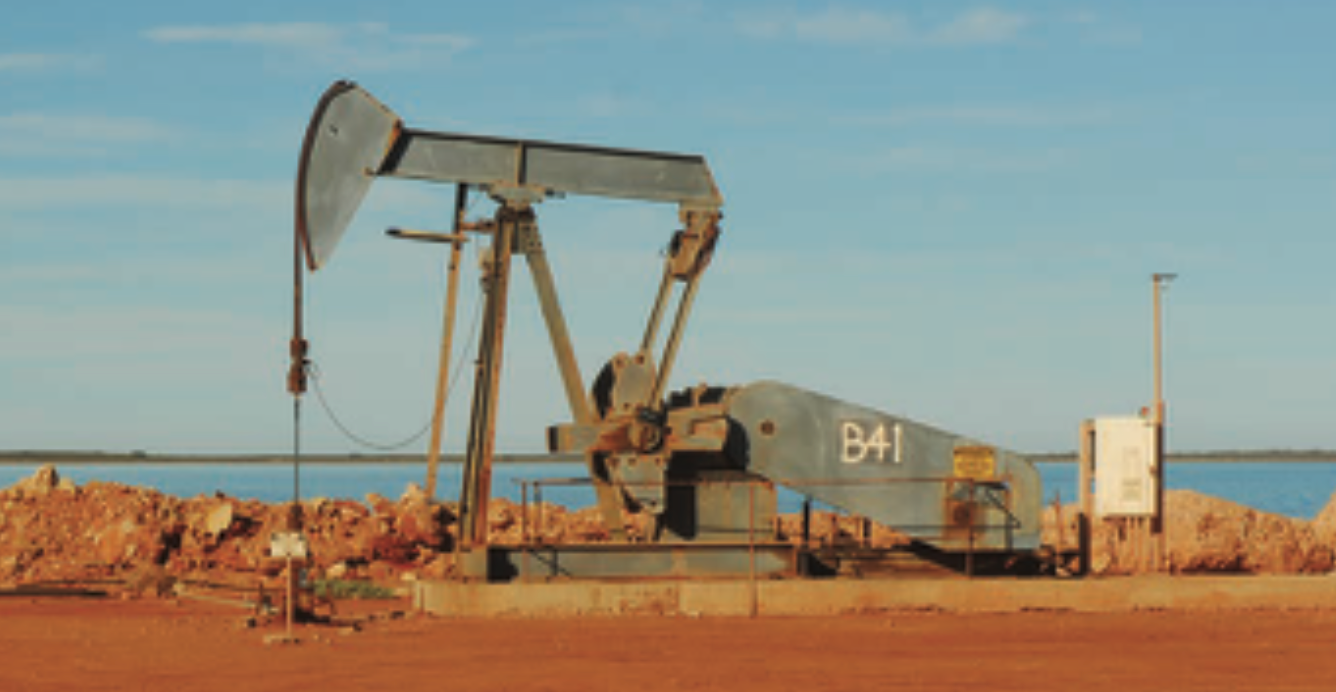Mines Department blasts holes in Alcoa’s jarrah forest care claims
Endangered cockatoos - 105,000 exploration holes a year - insecure offsets: WA’s mining regulator has questions for the US miner.
Regulator NOPSEMA has directed Woodside to properly plan its work after a series of preventable safety incidents off the WA and Victorian coasts.

Prompted by numerous preventable incidents, the offshore safety regulator NOPSEMA has ordered Woodside to plan its offshore decommissioning work better, just days after the company announced it would take control of ExxonMobil's sprawling Bass Strait operation.
A NOPSEMA spokeswoman said it took action after a number of health, safety and environmental incidents at the three projects that the regulator had investigated.
The directions for the Stybarrow and Griffin fields off WA's Pilbara coast and the Minerva field in Victoria, issued on Thursday, listed incidents that NOPSEMSA regarded as preventable.
These included plastic saddles from the Minerva pipeline that washed up onto nearby beaches; a 16,000-litre oil spill, and a worker nearly exposed to dangerous hydrogen sulphide on the Griffin work; as well as "preventable safety incidents resulting in injury" at Stybarrow.
On Stybarrow, Boiling Cold understands a worker suffered broken ribs and potentially a punctured lung after US firm McDermott, working for Woodside, "failed to take all reasonably practicable steps" to secure heavy equipment to the deck safely.

The troubled decommissioning work started after a 2021 NOPSEMA direction to then-owner BHP to decommission the three fields by mid-2025 after years of “limited action” and equipment sinking to the seabed.
Woodside became responsible when it bought the miner's petroleum business in 2022 and has made substantial progress.
A company spokesman said wells at all three fields are now permanently plugged, and from those fields, and Enfield off the WA coast, it has brought to shore more than 25,000 tonnes of infrastructure, including 140km of pipelines and 100 subsea structures.
According to the NOPSEMA directions, Woodside is yet to retrieve from the ocean 63km of flexible pipelines at Griffin; ten wellheads, nine other structures and 17km of flexible pipeline at Stybarrow; and 2km of steel pipeline at Minerva.
The new directions allow Woodside more time to complete the work: Griffin by 2027, Minerva by 2028 and Stybarrow by 2029.
The NOPSEMA spokeswoman said its directions allowed time for thorough planning so that the work does not endanger workers or the environment, mandated specific measures Woodside had to take, and required the company to identify where things had gone wrong and use those lessons in future work.
Until the work is complete, Australia's largest oil and gas company must furnish reports to NOPSEMA every six months detailing its progress on the three projects, "signed by a company officer of Woodside confirming its accuracy and completeness."
Australia's Corporations Act defines a company officer as a director or a manager of a substantial part of the business.
A Woodside spokesman said the new directions from NOPSEMA had provided it with more time and clarity to prepare for the final decommissioning work with a continued focus on safety and the environment.
The regulator's directions unusually included a detailed list of planning activities Woodside must do before recommencing work.
The mandated steps are standard industry practice, so not generally mentioned in a NOPSEMA direction, indicating the regulator was dissatisfied with Woodside's previous level of preparation.
Last week, Woodside told investors that in the coming years, decommissioning the three fields would cost between $US400-500 million ($620-775 million) more than it had expected.
The increased costs for later years came just five months after the company surprised investors with the news it would spend up to $US1 billion ($1.5 billion) on decommissioning this year.
Woodside chief executive Meg O'Neill said the work on the three fields had been "impacted by unexpected challenges, with further engineering and alternative solutions required."

The company pointed the finger at BHP, saying "the as-left condition on some closed sites has continued to present challenges for safe and efficient execution of decommissioning."
O'Neill said Woodside was "applying learnings to improve planning and execution."
Those learnings will be made public as NOPSEMA has directed Woodside to review its past planning for the three jobs and publish the lessons it has learned.
NOPSEMA highlighted the project budget, choice of vessels and contractors, and measures to protect the environment and the health and safety of workers as focus items for the reviews.
The clear message from the regulator that Australia's largest oil and gas company has to lift its game on decommissioning came just two days after Woodside announced it would assume operatorship of the Bass Strait facilities it owns with ExxonMobil.
The company said the move reflected its "long history of operating excellence."
From 2026, Woodside will be responsible for the biggest decommissioning scope in Australia in Bass Strait, with an initial ten platforms to be removed in the coming years.
UPDATES
August 1 AM - comments from Woodside and NOPSEMA added.
August 1 PM - clarified that Woodside's guidance for 2025 decommissioning spending is unchanged and the increased costs of the three projects will be incurred in later years.
All the info and a bit of comment on WA energy, industry and climate every Friday